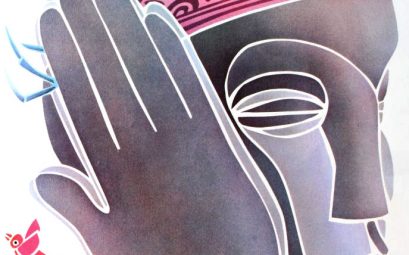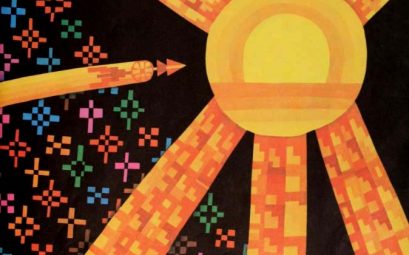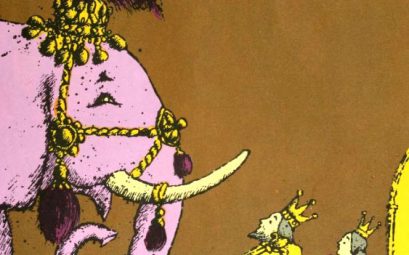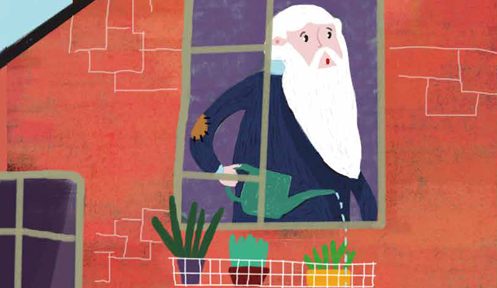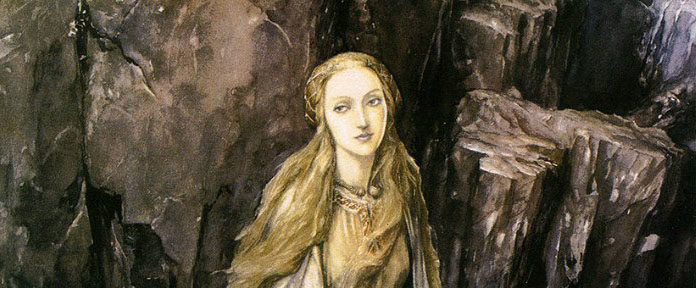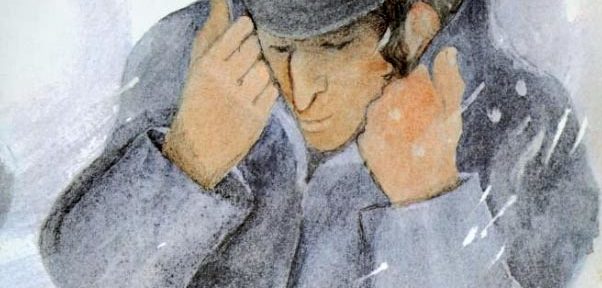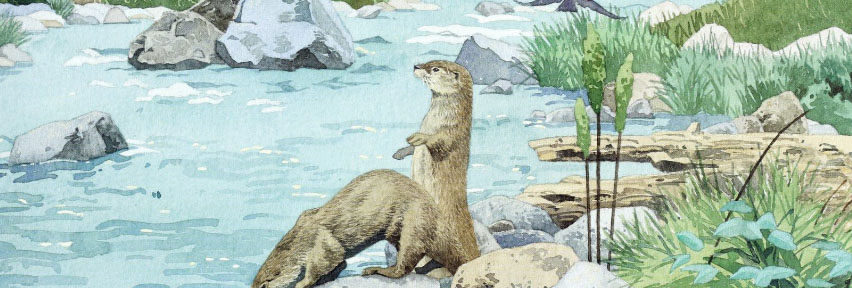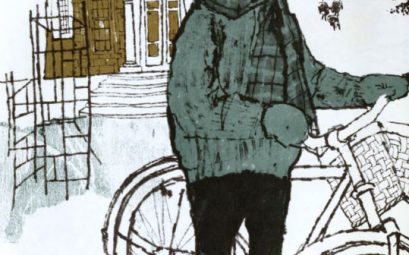Two witches, who practice their evil trade on lost travellers, are banished through the wisdom of a student of the holy cabala, and the power of his magic chalk.
Impacted writing and resplendent illustration at the service of an authentically harrowing, distinctively satisfying story: it starts with Satan and ends with heavenly light, and you believe it. For many years Doboshova, the witch, and Lapitut, her half-devil husband, have preyed upon the travelers who come to their inn; as servants, they hold captive three girls, Reitze, Leitze and Neitze. On a stormy day, three young men arrive, and one among them, Leibel, a student of the cabala, has a magic gift, a piece of chalk that will imprison anyone in the circle he draws. While the three are washing before dinner, each has a nightmare; before they can take a bite of the food that will deprive them of all will, Leibel recognizes Doboshova and Lapitut as the witch and monster in his dream. By a ruse, he locks them in a circle of chalk, and the threats and ruses of all the evil spirits of the forest are of no avail: Leibel will not free them until they agree in blood to go away forever. This done, the six sort themselves out and marry quite satisfactorily (though all three girls wanted Leibel to start with). Leibel and Neitze remain at the inn, running it as a hostel, and in time it becomes known, through his studies, as the greatest academy of the cabala. The synopsis is and is not the story: always there is ancient magic pitted against ancient mischief, and an occasional turn of the screw. The drawings have to be seen, as does the book, impeccably produced down to paper and type; the story must be read, by adults as well as children, but best together.


